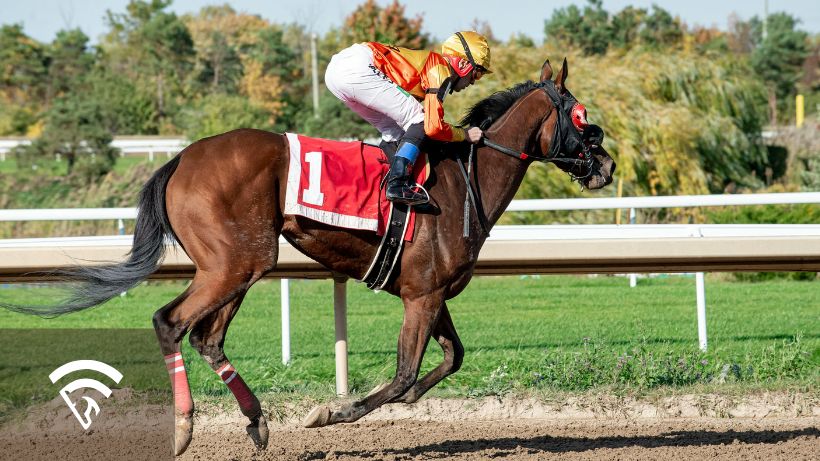What is a Layoff?
In horse racing, a layoff refers to a period of time when a horse has not competed in a race. This break in activity can range from several weeks to many months and is often due to rest, injury recovery, or strategic planning by the trainer. Layoffs are common and can signal anything from a freshened-up horse to one returning from a significant setback.
There’s no hard definition on what qualifies as a layoff, but most handicappers start considering a race gap of 30 days or more as a layoff. Anything over 90 days is often viewed as a long layoff, while gaps of 180 days or more could signal a return from injury or extended downtime.
Why Do Layoffs Happen?
Layoffs can be planned or unplanned and usually fall into one of several categories:
- Scheduled rest: Horses aren’t machines. They need downtime to recover from the physical stress of racing, especially after a tough campaign.
- Minor injuries or setbacks: Small injuries can require rest and rehab, causing a horse to miss races.
- Seasonal breaks: Some horses are better suited to certain tracks, surfaces, or weather conditions, so they may be benched during off-seasons.
- Trainer strategy: Some trainers believe their horses perform best when fresh. A well-timed layoff can set up a big return effort.
How Layoffs Impact Handicapping
Layoffs are a key factor to weigh when analyzing a race. A horse coming off a long break may raise red flags—but not always. Some horses run big off the bench, while others clearly need a race to regain form. Understanding how a layoff might affect a horse’s performance is essential for making smart betting decisions.
Here’s what to consider:
Trainer Stats
Some trainers are known for success off layoffs. A good layoff trainer will often signal readiness through sharp workouts and past layoff wins. Others may use the return race as a prep.
Workout Patterns
Look for consistent and recent workouts, especially over the last 30 days. Fast times and bullet drills can indicate a horse is cranked up for a return.
Class and Intent
If a horse is returning from a layoff and entered in a competitive class or stakes race, it may be a sign of confidence from the barn. On the other hand, a return at a lower level may suggest a more cautious comeback.
Past Layoff Performance
Some horses historically run well off a break. Others don’t. Dig into their past performances to see how they’ve responded to similar gaps before.
Using EquinEdge to Analyze Layoffs
EquinEdge helps simplify the process of evaluating layoffs with tools like:
- Win % – If a horse is coming off a layoff but still shows a strong EE Win %, it could be a live play.
- GSR (Genetic Strength Rating) – Reveals how well a horse is bred for today’s conditions, even if recent form is missing.
- Form indicators – Combined with workout intel and track bias data, EquinEdge gives a fuller picture of whether a layoff horse is ready to fire.
Final Thoughts
Not all layoffs are cause for concern but they always deserve your attention. With the right trainer, solid works, and a favorable setup, a horse coming off a layoff can present excellent value—especially if the betting public overlooks it.
Handicapping layoffs takes nuance, but with tools like EquinEdge in your corner, you can turn that gap between races into an edge.
